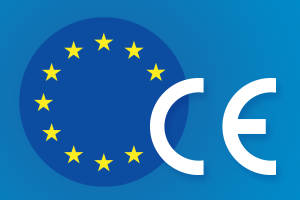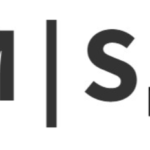
Table of Contents
How to do PMS (Introduction)
Now with the introduction of EU MDR, there are suddenly a ton of new information that you need to be familiarize with to comply to the new regulation. You may ask: How to do PMS then! Fret not! Because this article to demystify and at the same time provide a step by step guide on how to generate a Post Market Surveillance (PMS) procedure that is robust and all encompassing at the same time.
It is also important to note that in modifying your PMS process, you need to understand the objective of the PMS in the first place. One could attribute the need for PMS is mainly due to regulatory requirements (as stated in ISO 13485: 2016, EU MDR, US QSR and MDSAP). However if you think like that, the process of coming up with your SOP would be tedious and repetitive (imagine doing line by line analysis from these requirement standards!).
The reason why a stakeholder like the medical device manufacturer need a PMS system is because of the need to take in external information, process the information to improve the product, that is all! If in the course of writing your procedure, plan, or report you feel that the information would not contribute to the final objective of improving the product, please STOP!
Also as most RA person would already have know, PMS is intimately linked to 2 important documents, namely Risk/ Usability process and Clinical Evaluation. Hence it is also important learn about the functions of these processes too because you need to distinct them from the PMS in order see how they could be used to meet the objective of each process
The risk/ usability process is used to generate inputs from the design inputs and the manufacturing process in the form of hazards. Through the systematic approach of creating these hazards, the manufacturer then adopts a logical methodology of mitigating these hazards from happening by implementing design improvement, safety feature, training and instruction labels. In that sense, usually the Risk/ Usability process starts very early in the product development stage.
The PMS process could be seen at the next stage of gathering data that has been “predicted” in the risk analysis and be used to feed back to the risk evaluation to determine whether the hazard was justifiable and that it has been mitigated or has a new Risk been identified through PMS data collection.
Hence it would look something like this: Risk => PMS => Risk Improvement! (model)
Clinical Evaluation is way to systematically through literature review, or actual clinical investigation proves that the device is safe. This is largely attributed to experience on human use (as opposed to preclinical benchtop testing etc). Clinical data generated from this process can also be feed into the PMS as PMS is used to actively collate clinical experience to draw a conclusion that the device is safe as per updated Clinical Evaluation report.
Hence it would look something like this: CER/ PMCF => PMS => CER/ PMCF
Now with a good understanding that the PMS is an analytical and continuous process used for collecting various inputs and it has not one but many objectives (improving risk and CER etc and many more) but all with a single main objective of improving the product we can now go to the next step of generating the PMS process or How to do PMS exactly!
How to do PMS (Step by Step)
- You need a base PMS procedure. This is required by ISO 13485: 2016 anyway. You can get a copy here.
- Next you need to incorporate elements from EU MDR: Article 83 -86, and Annex III (note that PSUR need to be reported to EUDAMED if it is class IIa IIb implantable or if it is class III) PMSR need to be updated whenever necessary and PSUR (class IIa) needs to be updated every 2 years and PSUR (class IIb and III) needs to be updated annually.
- You can also draw reference from other processes: Surveys, CER/ PMCF, Risk Analysis, Reporting of Serious Incident/ FSCA, CAPA, Complaints, Analysis of Data, Servicing, Non-conforming, Internal & External Audit, User Training (Customer requirements), updated standards; state of the art.
- Refer to ISO 20416:2020 Medical Device: Post Market Surveillance for Manufacturers




